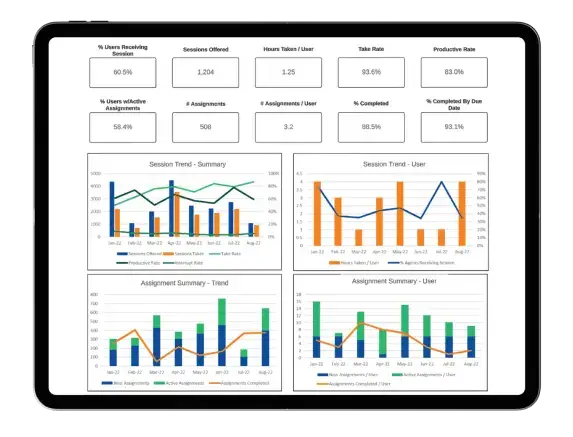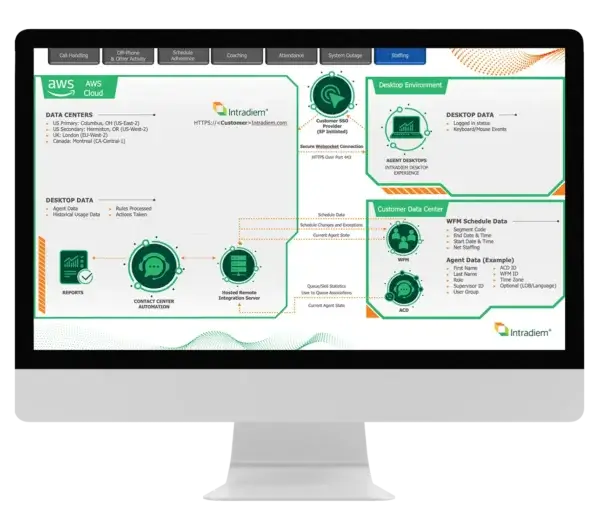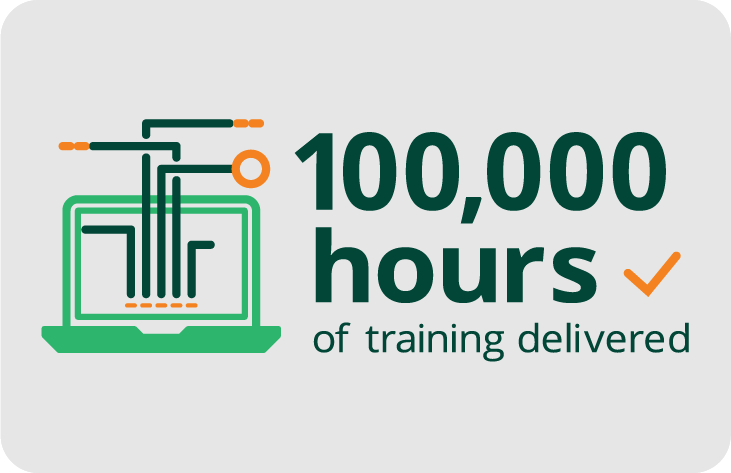
Solutions For Operations Managers
Optimizing customer service delivery

A Difficult Balancing Act
Managing an effective contact center requires a constant balancing act between the unique and overlapping demands of operations, employees and customers. Unfortunately (you guessed it!), those demands often conflict with each other.
For example, the operations team’s dual mission—to optimize customer service delivery and hold costs to a minimum—is already self-contradictory: Providing employees with the support they need to keep end customers satisfied requires time and resources—neither of which comes without cost. With process reengineering options exhausted and manual execution still predominant, ops teams have their backs up against the wall.
Benefits of Automation in Contact Center Operations
Responds to shifting demand with rapid, automatic schedule and resource adjustments. Uncovers opportunities for agent training, coaching, and other professional development tasks.
Read customer success stories about Intradiem’s Solutions for Operations Managers:

Optimizing Customer Service Delivery
An effective operations team generates customers who are satisfied that the agent they spoke with made them feel valued and that the issue that prompted their call was fully resolved.
When unexpected spikes in call volume are not quickly matched by more available agents—whether it’s because some are on breaks, in training, or engaged in other off-phone tasks—customer wait time increases and so does customer frustration.

$7.7M
From Increased Agent Productivity
$1M
Improved Admin Efficiency
Doing More With Less
Manual execution of scheduling, canceling, and rescheduling of breaks or training sessions makes it difficult for ops to respond quickly enough to maintain an optimal service level.
So why not just add more agents to the shift to ensure that demand spikes can be managed? Because those additional agents don’t work for free, and when the spike subsides or never arrives in the first place, then the contact center is paying idle agents—which undermines the ops team’s cost reduction mandate.
Benefits for Operation Managers


$7.7M
From Increased Agent Productivity
$1M
Improved Admin Efficiency
Test-Drive Contact Center Automation
Try our demo to learn how automation can improve your teams’ performance





